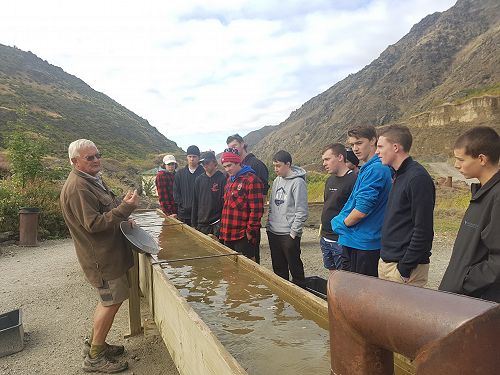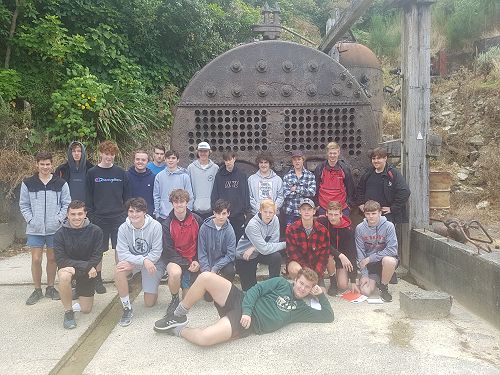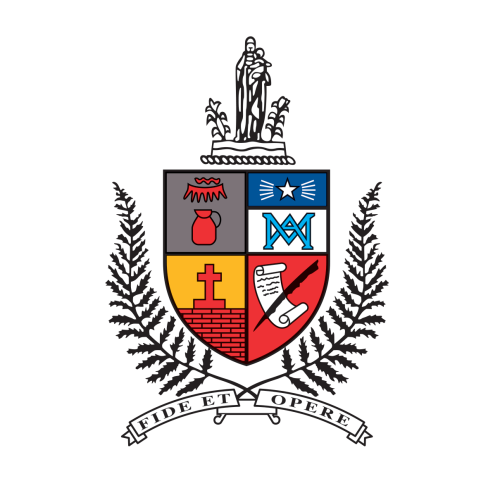
Social Science EOTC
The Social Science faculty has been busy recently, running a number of EOTC events which saw some of our students travelling around the South Island to deeply engage in learning.
In Week 6, Y13 historians travelled to Central Otago for three days to research the Otago Gold Rush. Occurring in the early 1860’s, the rush is a little known event yet is of rather large significance for our nation.
Based in beautiful Arrowtown (one of the many towns in the district literally started by the rush), the students were able to walk across goldfields still scarred from the activities of over 150 years past. A full day was also spent accessing the plentiful resources and archives available at the Lakes District Museum, in Arrowtown. Students were also given the opportunity to discover historic aspects of both Arrowtown and Queenstown.
The final stop in the trip was a visit to the Goldfields Mining Centre in the Kawarau Gorge. Here, students saw working stamper batteries and a sluicing cannon. A high octane jet boat ride through the gorge was the final act and reward for all the hard work. This was the sixth annual trip to the goldfields which continues to be hugely useful and enjoyable for the students.
In week 7, Y12 geographers were out for a day tracking the course of the Waimakariri River. Investigating natural geographical forces, students started at the Waimakariri Mouth and travelled all the way to its source in Arthur’s Pass, stopping at several points. At each point students were able to observe the glacial and alluvial forces that were evident in the shape of the land, the track of the river and the nature of the rock/shingle distributed by the river. Even though the weather was not conducive to academic research using paper and clipboards, the students persevered, improvising with umbrellas and acquired important information from each stop.
Last week, Y12 historians were involved in a two-day field trip to Kaikoura and the Marlborough Sounds. The focus of this trip was to support their research on early whaling in New Zealand, the country’s first major national industry.
The trip involved a stop at the historic Fyffe House in Kaikoura, a structure that is all that is left of a major whaling station first set up by Scotsman Robert Fyffe in 1844. Here students were able to observe its whalebone foundations and fence posts, explore the informative displays, touch whale blubber and try their hand at throwing a harpoon. Students were then taken to the historic Edwin Fox in Picton, the world’s ninth oldest surviving ship, where they were joined by local historian John Orchard for an informative presentation on whaling. This included the use of many props/artifacts including a sword, Maori weaponry and the opportunity to “fire” a flintlock musket. The trip also saw students take a boat tour out to the Perano Whaling Station in the Tory Channel to see physical evidence of the latter stages of whaling.
The final learning opportunity came with the great information and artifacts at the Picton Museum. Here, students were fortunate to be joined by Jon Perano, an ex-whaler. Hearing about the delicious nature of whale steaks and sausages certainly gave students an appreciation for a less contemporary view of whaling!
Gallery



